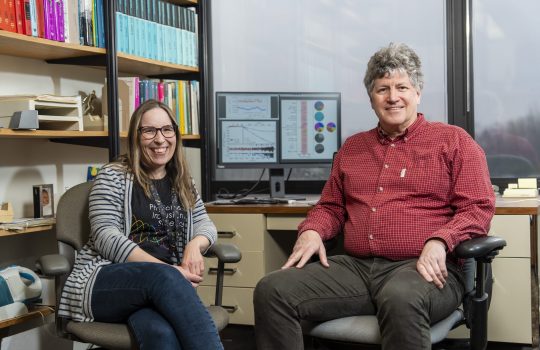Fermilab-led computing project receives large 2025 DOE INCITE award
A Fermilab-led computing project received the second-largest award and was the largest particle physics project granted supercomputer time from the DOE Office of Science INCITE program. The project will continue to further explore numerical simulations to address questions in particle physics.

